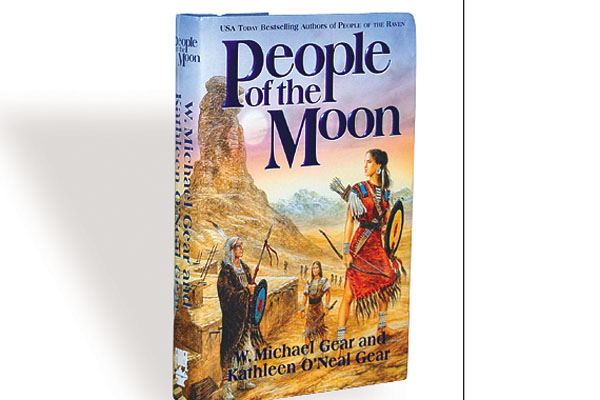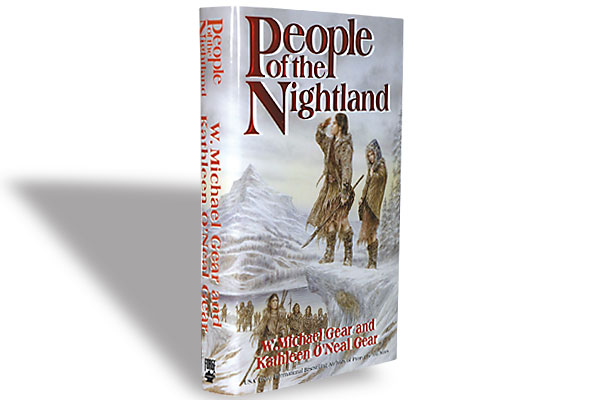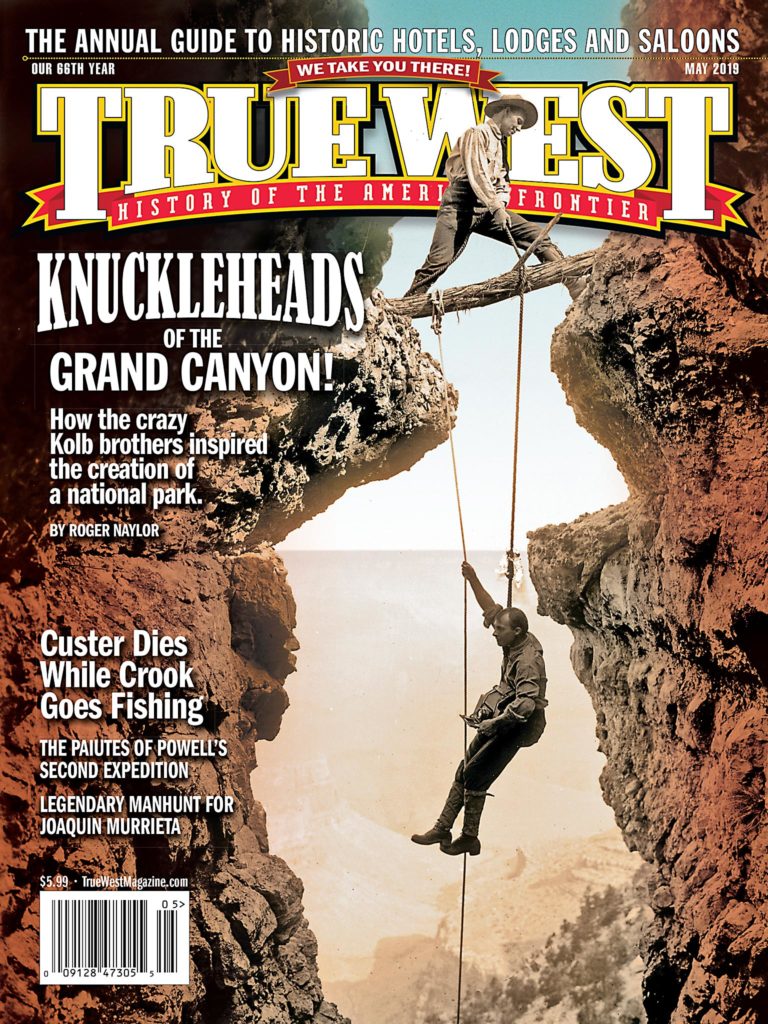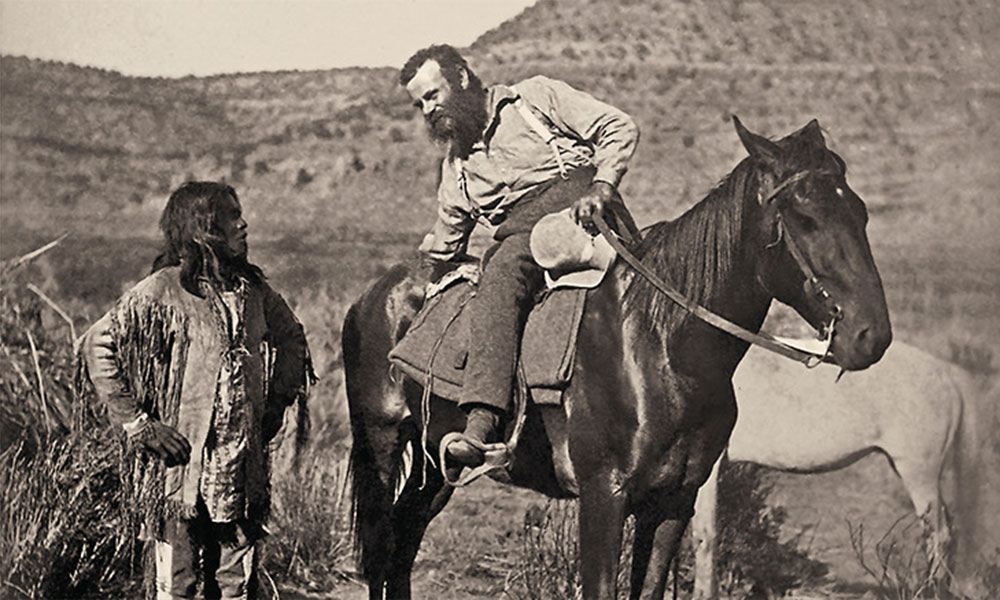
John Wesley Powell, on horseback, talks with the Paiute chief.
John Wesley Powell’s first expedition down the Green and Colorado rivers through the Grand Canyon in 1869, made him a national hero. John K. Hillers’ exhibition of photographs at the 1876 Centennial Exhibition from the second Powell expedition established him as a leading photographer of Indians and the West. The missing piece, referred to in the title of this book, is the story of the subjects of Hillers’ photographs and Powell’s passion, The People. The purpose of this book is to see The People, the Southern Paiute and other tribes of the 1870s, as people.
In 1873, John Wesley Powell, as Special Commissioner of Indians, and G.W. Ingalls were tasked with investigating the “conditions and wants” of the tribes of the Great Basin region. As part of that investigation, they compiled a census of all the tribes they visited. The census counted 31 Southern Paiute tribes comprised of 2,027 individuals. The photographs in this collection are of members of five of the tribes: Kai’-vav-wits (Kaibab) in the vicinity of Kanab, Utah; U’-ai-Nu-ints in the vicinity of St. George, Utah; Shi’vwits in the Shi’vwits Plateau; Mo-a-pa-ri’-ats in the Moapa Valley, Nevada; and Nu-a’-gun-tits in the vicinity of Las Vegas, Nevada.
The photographs in the collection are labeled from 1 through 117 but there are actually only 116 photographs and certificates because there is no photograph 3.
Some of the photographs have been used to illustrate other books. All of them are in the public domain. But the Binghams estimate that 90 percent have not been seen outside the museum, and the entire collection has never been seen in book form. The only other complete collection of these photographs is owned by the Smithsonian Institution.
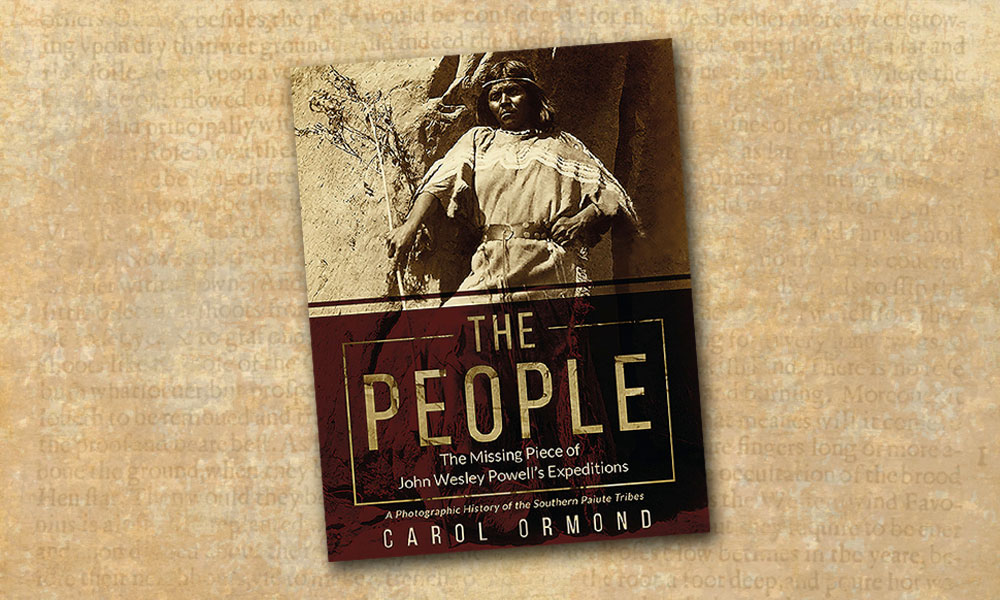
Editor’s Note: The following photographs are excerpted from Carol Ormond’s
The People: The Missing Piece of the John Wesley Powell’s Expeditions, A Photographic History of the Southern Paiute Tribes, Foreword by Freddy Langer, published by Git’er Done Books of West Jordan, Utah, in association with The Thunderbird Foundation of the Arts. Where possible, detailed descriptions are in John Wesley Powell’s own words. A number of descriptions are taken from the work of Julian H. Steward, Notes on Hillers’ Photographs of the Paiute and Ute Indians Taken on the Powell Expedition of 1873, published in 1939 by the Smithsonian Institution. Thanks to Carol Ormond, Paul Bingham and The Thunderbird Foundation for sharing the images and excerpts with True West Magazine.
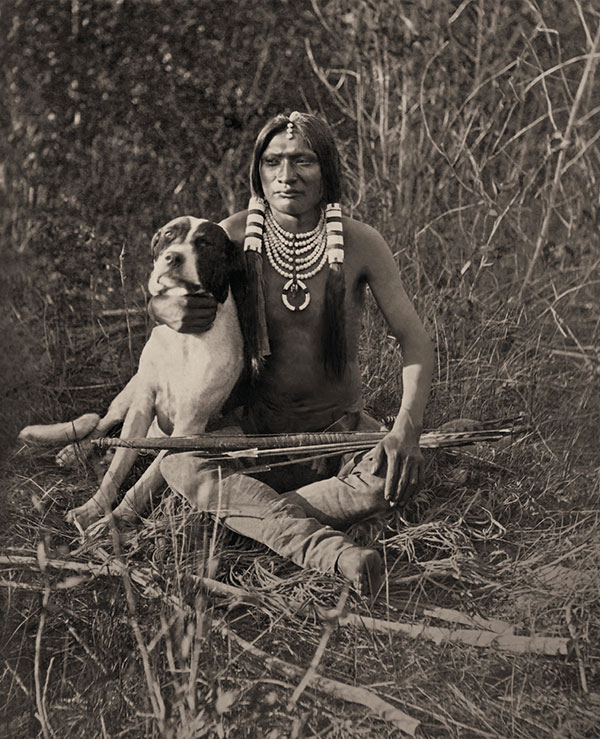
Dogs were an important part of Uinta Ute culture long before the introduction of the horse to the Southwest in the 16th century.
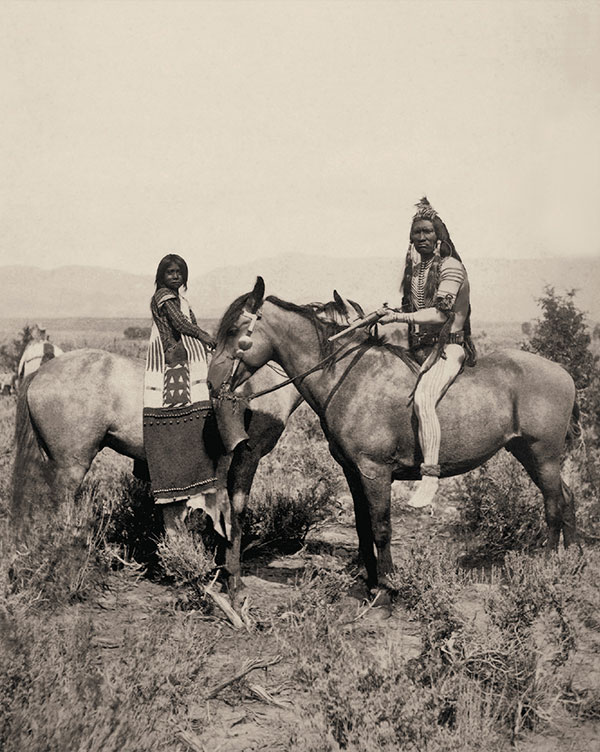
“By its title, this photograph probably represents a war costume. The man is naked except for the chest ornament (which is probably of manufactured bone brought by traders), the cartridge belt, the breechclout, and the anklet. His forelock is brushed back and painted, and his body is painted a light color with darker stripes running horizontally around his arms and vertically on his legs.”
– Julian H. Steward
— Photograph of Unita Utes attributed to E.O. Beaman by Lessard —
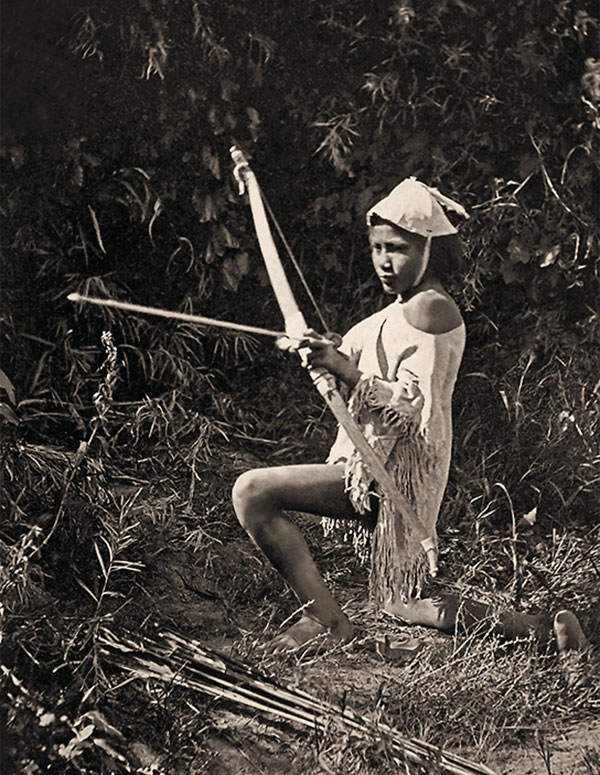
“Although the picture is posed, Ko-mo-hoats is probably holding his bow in accordance with native usage. This slanting position was common throughout the area.”
– Julian H. Steward
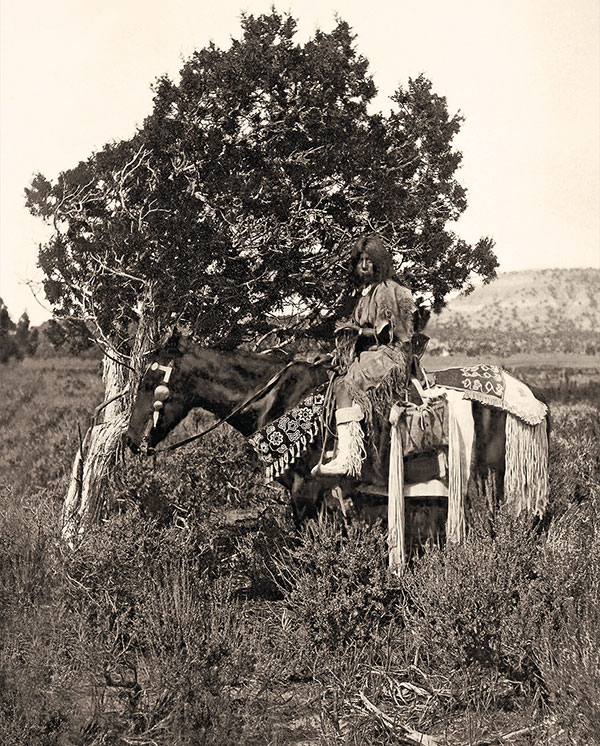
Lessard credits E.O. Beaman for this photograph. The Uinta Ute girl on horseback is Sai-ar’s daughter.
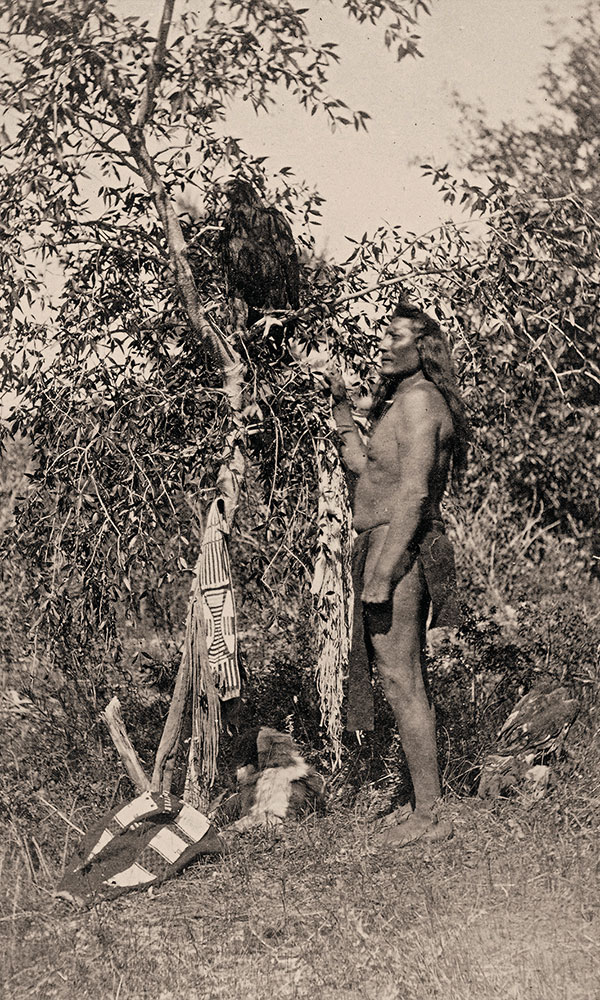
“An eagle, the property of a Uintah Ute man, is tied to the limb of a tree.”
– Julian H. Steward
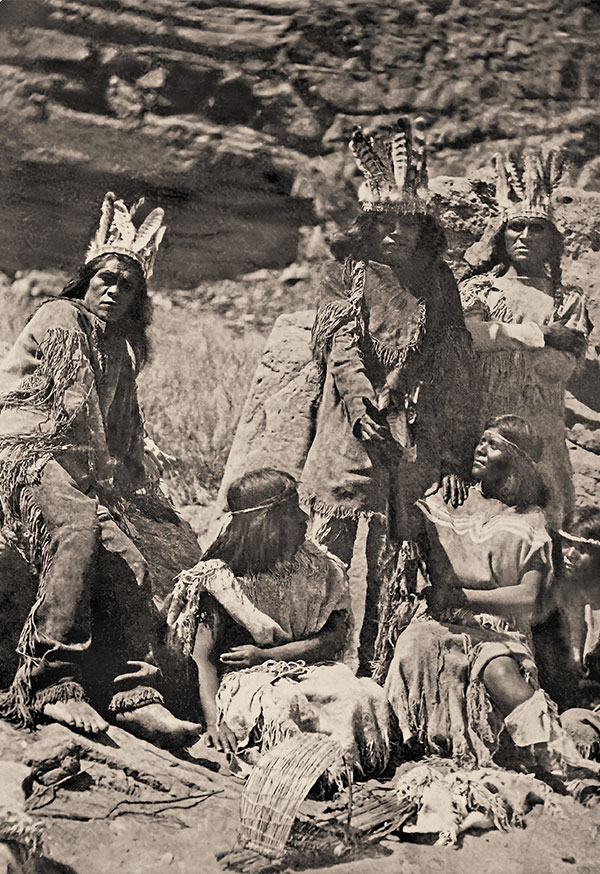
In his Kai-vav-wits vocabulary, Powell lists Wi-giv, as a head dress, a crown of feathers. Whether or not these were manufactured for the photograph, the Southern Paiute evidently did wear this type of head gear.
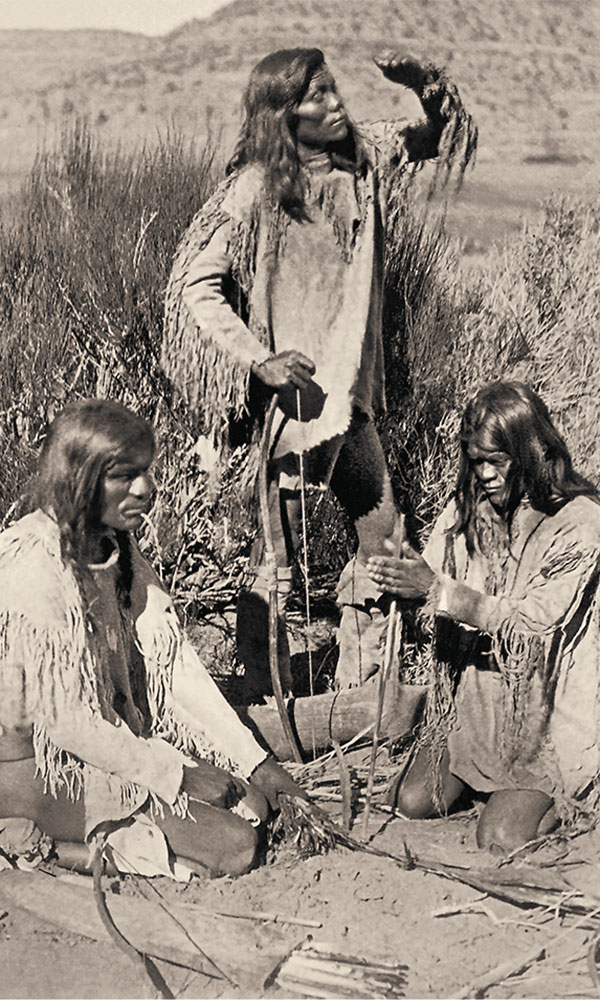
“The firemaker twirls the drill between the palm of his hands while an assistant holds bark tinder in which to catch the spark.”
– Julian H. Steward
(The man in the background is not relevant to the process.)
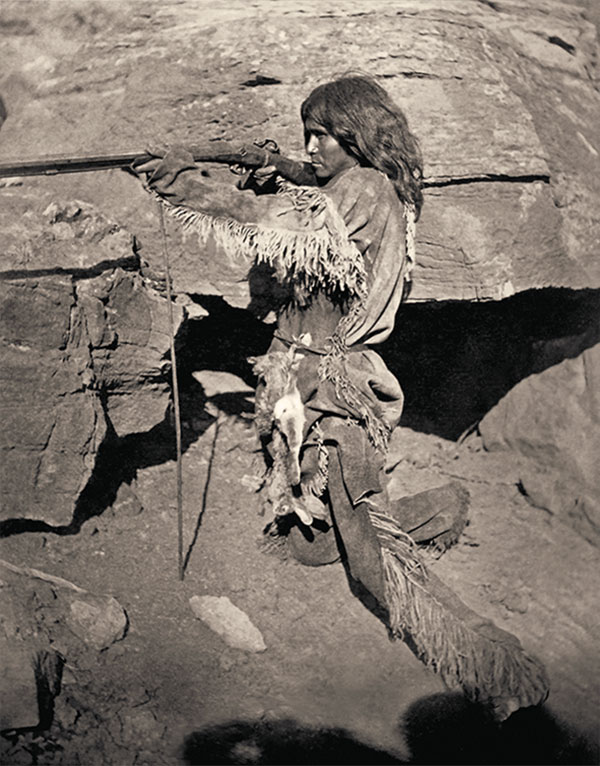
“The Indian as a hunter exhibits great patience and his success is chiefly due to this characteristic…His practiced eye discovers tracks or sees an animal at a great distance.”
– John Wesley Powell
(Guns were just being introduced to the Paiutes when Hillers photographed them.)

